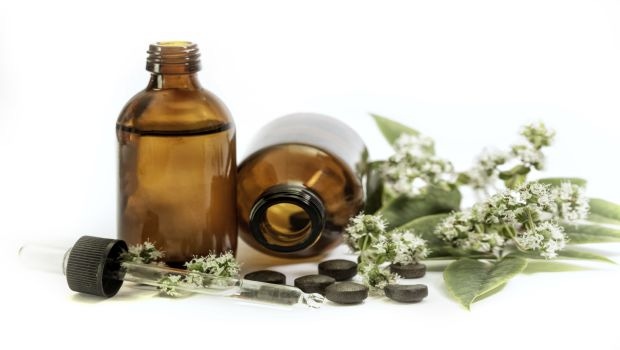Approximately one-quarter of the prescription drugs sold in the United States, Canada and Europe contain active ingredients derived from plants.
February 11, 2015

For centuries, people have used plants for healing. Plant-derived medicine products, as parts of foods, botanical potions, powders, poultices, etc., have been used with varying success to cure and prevent diseases throughout history. A major change took place in the 19th century, when chemistry had advanced far enough to allow the extraction of active ingredients (and the isolation of active compounds) from herbs. This created the early drugs (such as cocaine, codeine, morphine, digitoxin, quinine and reserpine), which are still in use today. As a result, the use of chemical extracts started to displace herbs as medicine. During the 20th century, synthetic chemistry started to dominate the pharmaceutical industry, replacing natural products and extracts. Oftentimes, these new synthetic molecules have/had no connection to natural products. However, an estimated one-quarter of the prescription drugs sold in the United States, Canada and Europe contain active ingredients derived from plants.
A botanical drug, as defined by FDA in its draft guidance, is a botanical product that is prepared from a botanical drug substance, and is intended for use as a drug. A botanical drug is a mixture (polymolecular) of plant materials—that may include whole plant, plant parts (obtained from a plant, but no longer retains the structure of the plant and contains a complex mixture of compounds [e.g., fatty and essential oils, gums, resins and balms]), algae and macroscopic fungi. Excluded are materials from genetically modified botanicals species, fermentation products, highly isolated or purified compounds, or homeopathic ingredients, all of which are already regulated. Botanical drugs usually lack a distinct single active ingredient (API), with the drugs’ activity probably coming from several (multiple) active compounds.
To learn more, read the full article in INSIDER’s Botanical Digital Issue.
About the Author(s)
You May Also Like




.png?width=800&auto=webp&quality=80&disable=upscale)